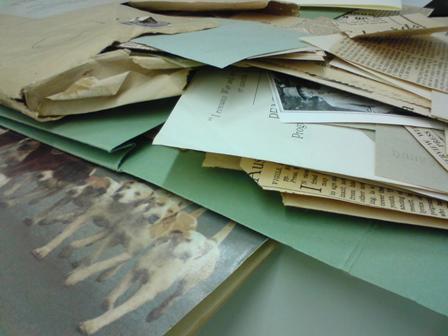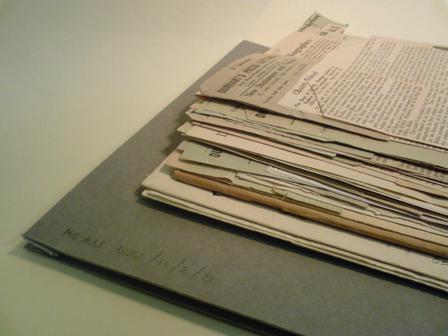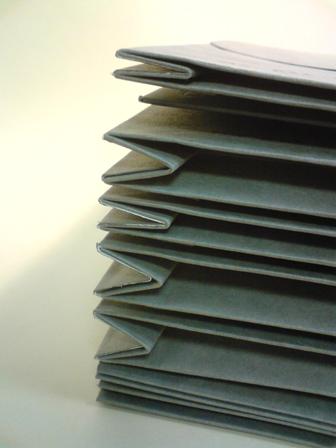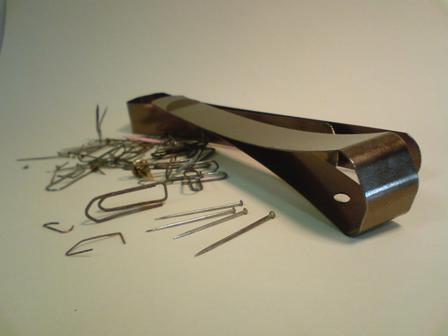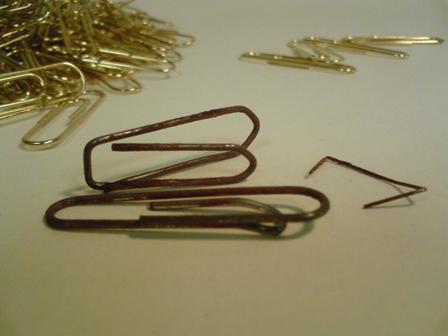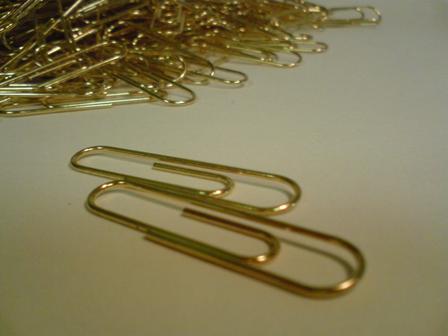With much of the ground work now done I am beginning to write detailed descriptions of the collection. There is a quantity of correspondence in which I am expecting to find the identification of authors by their scrawled signatures somewhat trying. Since we hold a number of other collections containing correpondence to Sassoon here at the Cambridge University Library I decided to improve my chances of deciphering some of the signatures by converting an existing catalogue to one such collection into a format that I could add to our cataloguing database. I am pleased to announce that this work is now complete and I have loaded the resulting descriptions onto the Janus website where you are welcome to browse through them along with other catalogues to archives held throughout Cambridge:
Link to the catalogue of MS Add.8889 on the Janus website
The content of the letters is rather varied as they are drawn from a variety of sources including items which Sassoon either placed or left enclosed in the volumes of his personal library. My particular favourite is a letter from Lady Ottoline Morrell ”enquiring the time of his arrival and asking him to bring a horse” (MS Add.8889/2/5).
Anyone with a Cambridge University Library reader’s card validated for the Manuscripts Reading Room may consult the letters. Information on how to apply for reader status is online on the Library’s Admissions pages.
Blog readers with a subscription to the Times newspaper online site might like to read a recent article by Jack Malvern on the possible link between a sketch by Sassoon in one of his war journals and the poem Died of Wounds:
http://www.thetimes.co.uk/tto/arts/books/article2646164.ece
The journal to which the article refers (classmark MS Add. 9852/1/7) covers a period in mid 1916 when Sassoon was recovering from enteritis or ‘trench fever ‘. It is among the items that will be on show as part of the ‘Dream Voices’ exhibition which opens this Wednesday, and will be displayed showing his observations of events on 1 July 1916, the first day of the Battle of the Somme.
http://www.lib.cam.ac.uk/exhibitions/Sassoon/index.html
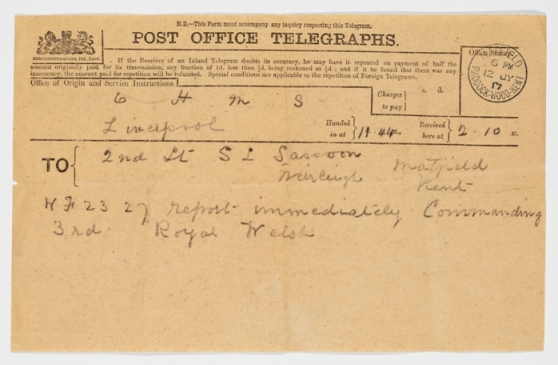
Telegram commanding Sassoon to report for duty found in the journal MS Add.9852/1/11
This terse telegram was sent to Sassoon on 12 July 1917 by his commanding officer in the wake of the publication of his ‘Soldiers Declaration’. Sassoon was deliberately overstaying sick leave permitted for recuperation from a bullet wound sustained at Arras. When Sassoon did indeed report to Litherland depot he fully expected, and in fact hoped for publicity’s sake, to be arrested and court-martialled. Instead he was directed to put up in the Exchange Hotel in nearby Liverpool to await further instruction. The government War Office, to whom the Army had referred the matter, were determined not to allow the statement to become a public cause. They, partially influenced by the intervention of various friends including Robert Graves, resolved the stand off by sending Sassoon to Craiglockhart Hospital near Edinburgh to recover from ”neurasthenia”or shell shock. At Craiglockhart Sassoon was to meet and nurture one Wilfred Owen.
A special edition of the long running BBC Radio 4 programme ”Poetry Please” was broadcast on Sunday. It was recorded in April on location here in the Cambridge University Library.
The programme consists of a discussion about Sassoon and his poetry between poet Roger McGough and archivist John Wells, interspersed with readings delivered by the actor David Bamber (Rome, Pride and Prejudice).
You can currently listen to the programme via the BBC’s website:
http://www.bbc.co.uk/programmes/b00sl3y3#synopsis
The programme will be broadcast again at 11:30 p.m. this coming Saturday (12 June).
David Bamber’s style of delivery is highly dramatic and in stark contrast to the delivery of Sassoon himself as exhibited in two recordings available on the ”Poetry Archive” website. The website is the result of a project begun by Andrew Motion when Poet Laureate to make recordings of poets reading their own works accessible via the internet. There are two recordings of Sassoon in which he reads ”The Dug Out” and ”Everyone Sang”:
http://www.poetryarchive.org/poetryarchive/singlePoet.do?poetId=1561.
If you wish to compare the readings directly David Bamber reads the ”Dug Out” 21 minutes, 36 seconds into the programme and ”Everyone Sang” at 27 minutes, 47 seconds.
In his autobiographical work Siegfried’s Journey Sassoon makes an interesting observation when describing his slowness in appreciating the ‘exceptional quality of [Wilfred Owen’s] poetic gift’. ‘Manuscript poems’, he writes, ‘can be deceptive when handed to one like school exercises to be blue pencilled, especially when one has played thirty-six holes of golf and consumed a stodgy hospital dinner’ (page 59). It seems that Sassoon was deeply aware of the aesthetics of his work in both manuscript and published form. From childhood onwards many of his manuscript poems are to be found accompanied by his own diligently laid out watercolour decorations, and his attention to correcting printers’ proofs appear to show a concern for the visual impact of the printed word on the page. Is this perhaps an influence of his maternal Thornycroft artistic lineage?
Something of a milestone in the cataloguing process has been reached today; the material has now been placed physically into the intellectual system of arrangement outlined in the post of 26 May. So far rearrangement has reached what is generally known as ‘item’ level (i.e. where an ‘item’ refers to a volume or bundle that will be treated as one discrete object). A decision will need to be made at a later date if any of the bundles of correspondence and papers merit rearrangement at ‘piece level’ or whether their original order should be maintained.
Some basic repackaging to aid the preservation of the material has also begun. In particular this means replacing metal items like paperclips, staples and treasury tags with brass paperclips; and plastic items like document wallets and polythene bags with folders made from acid free card. With this collection this is largely a precautionary measure as the paperclips found so far have not been exposed to the kind of atmospheric conditions that induces rust. In any case the temperature and humidity controlled stacks which the material will be kept in here at Cambridge University Library will inhibit further corrosion.
Cataloguing the collection began at the beginning of May. The material was purchased in December from the executors of George Sassoon, the only child of Siegfried Sassoon, via Sotheby’s auctioneers. The sale inventory compiled by Sotheby’s has provided enough detail to allow the identification of the main groups, or in archival jargon ‘series’, into which descriptions of the collection will be arranged. Ideally the archivist aims to preserve as much of the ‘natural’ or ‘original order’ of the material as possible whilst also creating a logical structure of ‘categories’ that allows the researcher to readily identify material of relevance to their work.
So far the following series and sub-series have been identified:
- Journals
- Sporting notebooks
- Commonplace books
- Legal and accounts
- Poetry notebooks
- Material relating to prose works:
- ‘The Old Century’
- ‘The Weald of Youth’
- ‘Siegfried’s Journey’
- General
- Critical writings
- Correspondence
- Photographs
- Printed matter
- Papers of other individuals:
- Katherine Gatty
- The Gatty family
- Hester Sassoon
- Rupert Hart-Davis
- Dom Wulstan Phillipson
- George Baker
Once this structure is a little clearer more detailed descriptions of the series (such as covering dates) will begin to appear under the classmark MS Add.9852 amongst the Cambridge University Library Department of Manuscript’s other catalogues displayed online at:
http://janus.lib.cam.ac.uk/db/node.xsp?id=EAD%2FGBR%2F0012
